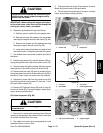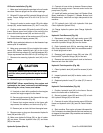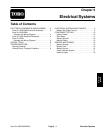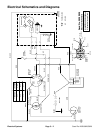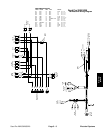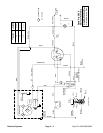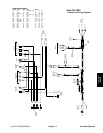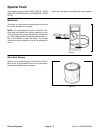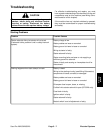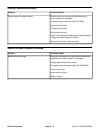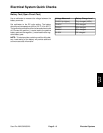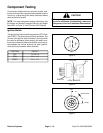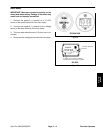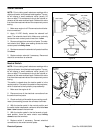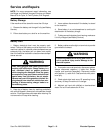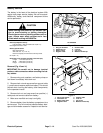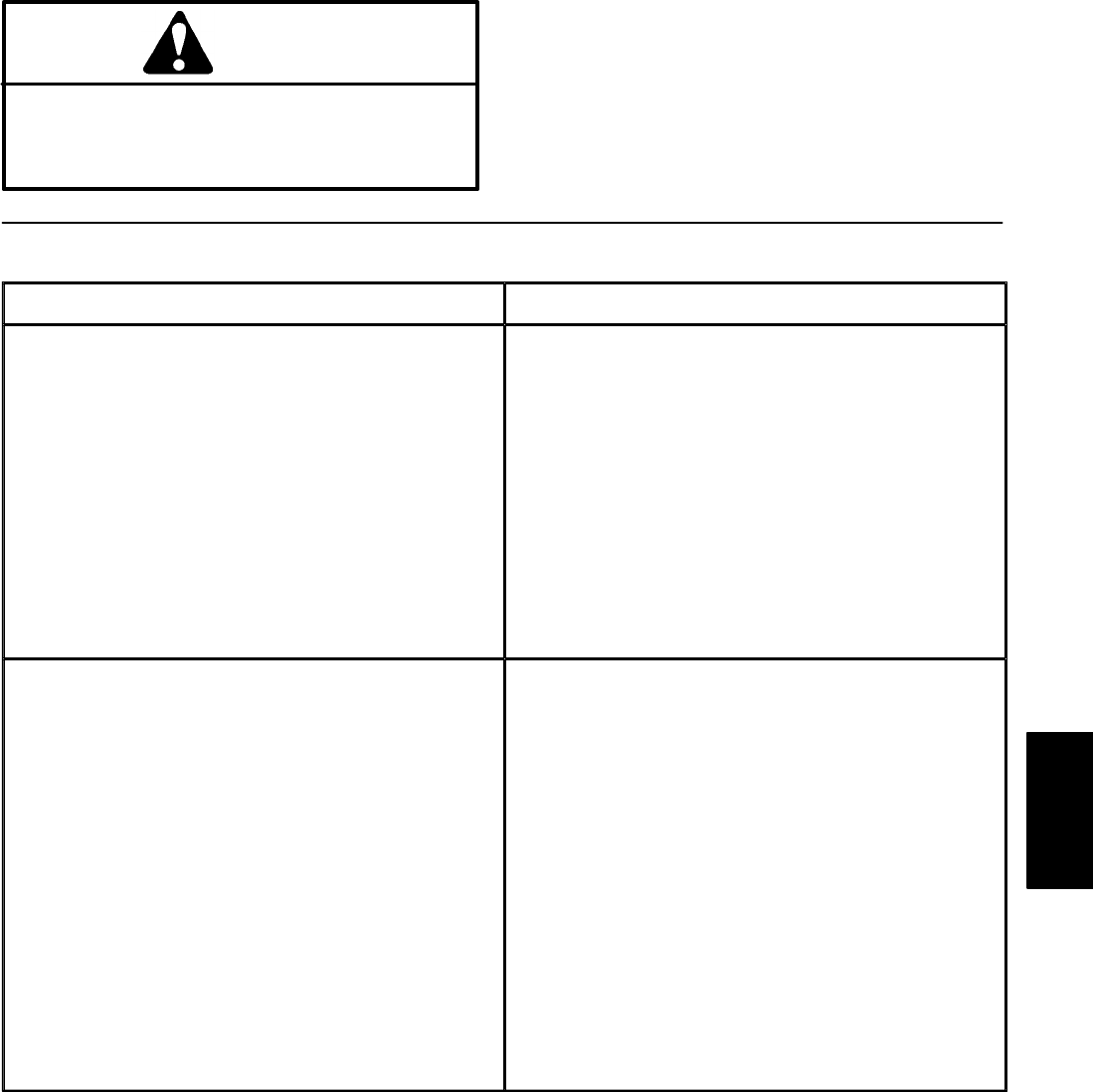
Troubleshooting
CAUTION
Remove all especially rings and
watches, before doing any electrical trouble-
cables unless the test requires battery voltage.
jewelry,
shooting or testing. Disconnect the battery
For effective troubleshooting and repairs, you must
have a good understanding of the electrical circuits and
components used on this machine (see Wiring Sche
-
matics section of this chapter).
If the machine has any interlock switches by–passed,
they must be reconnected for proper troubleshooting
and safety.
Starting Problems
Problem Possible Causes
Starter solenoid clicks, but starter will not crank
(if solenoid clicks, problem is not in safety interlock
system).
Battery charge is low.
Battery cables are loose or corroded.
Battery ground to frame is loose or corroded.
Wiring at starter is faulty.
Starter solenoid is faulty.
Starter mounting bolts are loose or not supplying a
sufficient ground for solenoid.
Starter is faulty and causing an incomplete circuit for
the solenoid.
Nothing happens when start attempt is made. Battery is dead.
Wiring to the starting circuitry (see Wiring Schematics)
components is loose, corroded, or damaged.
Battery cables are loose or corroded.
Battery ground to frame is loose or corroded.
20 ampere fuse is open, loose, or missing.
Fusible link to starter solenoid is open (SP 5020 only).
Fuse block is faulty.
Ignition switch is faulty.
Starter solenoid is faulty.
Neutral switch is out of adjustment or faulty.
Electrical
Systems
Sand Pro 2020/3020/5020 Page 5 – 7 Electrical Systems



